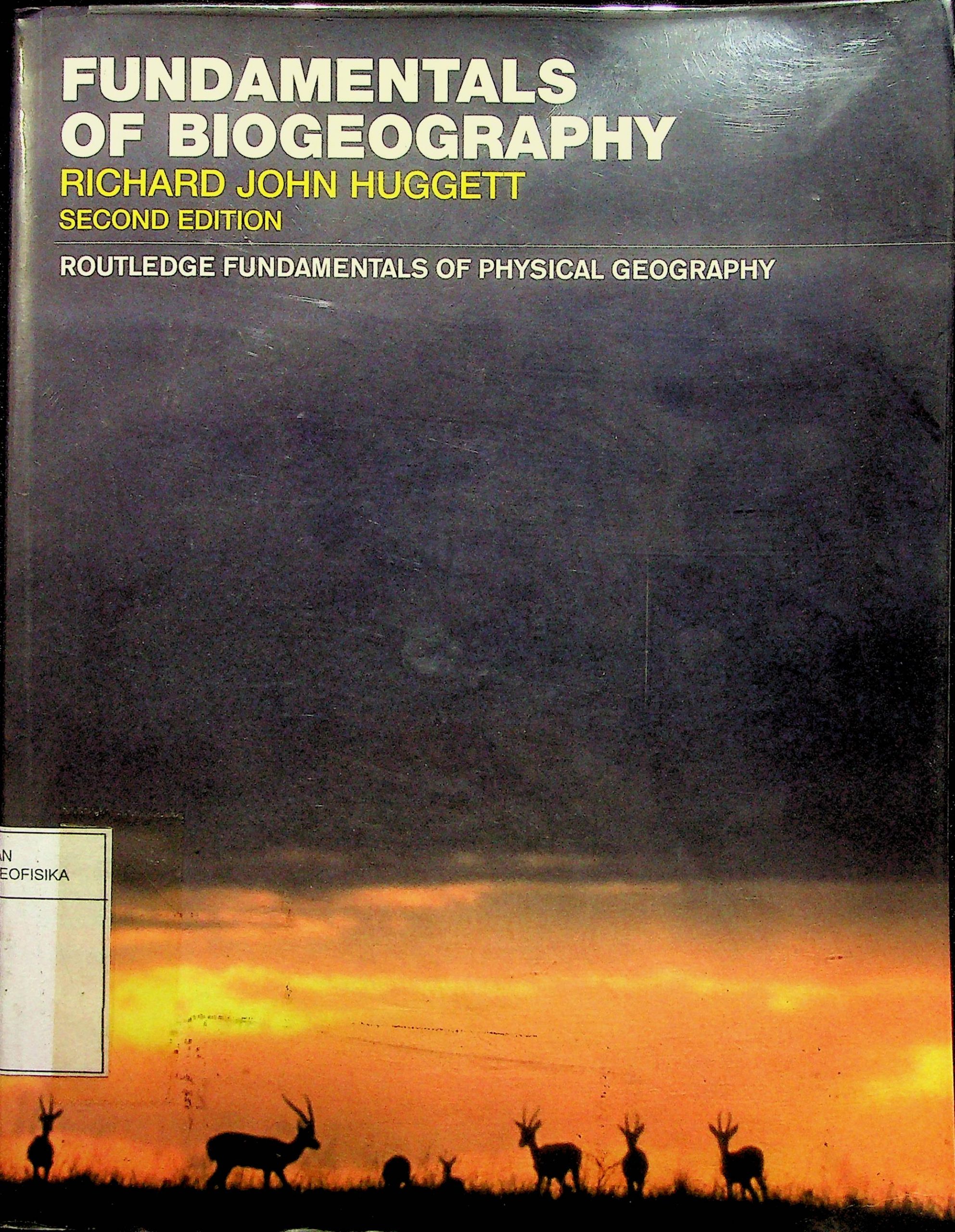We are presently living in a time of unparalleled change and when concern for the environment has never been greater. Global warming and climate change, possible rising sealevels, deforestation, desertification, and widespread soil erosion are just some of the issues of current concern. Although it is the role of human activity in such issues that is of most concern, this activity affects the operation of the natural processes that occur within the physical environment. Most of these processes and their effects are taught and researched within the academic discipline of physical geography. A knowledge and understanding of physical geography, and all it entails, is vitally important. It is the aim of this Fundamentals of Physical Geography Series to provide, in five volumes, the fundamental nature of the physical processes that act on or just above the surface of the earth. The volumes in the series are Climatology, Geomorphology, Biogeography, Hydrology, and Soils. The topics are treated in sufficient breadth and depth to provide the coverage expected in a Fundamentals series. Each volume leads into the topic by outlining the approach adopted. This is important because there may be several ways of approaching individual topics. Although each volume is complete in itself, there are many explicit and implicit references to the topics covered in the other volumes. Thus, the five volumes together provide a comprehensive insight into the totality that is Physical Geography. The flexibility provided by separate volumes has been designed to meet the demand created by the variety of courses currently operating in higher education institutions. The advent of modular courses has meant that physical geography is now rarely taught, in its entirety, in an ‘all-embracing’ course but is generally split into its main components. This is also the case with many Advanced Level syllabuses. Thus students and teachers are being increasingly frustrated by the lack of suitable books and are having to recommend texts of which only a small part might be relevant to their needs. Such texts also tend to lack the detail required. It is the aim of this series to provide individual volumes of sufficient breadth and depth to fulfil new demands. The volumes should also be of use to sixth form teachers where modular syllabuses are becoming common. The volumes have been written by higher education teachers with a wealth of experience in all aspects of the topics they cover and a proven ability in presenting information in a lively and interesting way. Each volume provides a comprehensive coverage of the subject matter using clear text divided into easily accessible sections and subsections. Tables, figures, and photographs are used where SERIES EDITOR'S PREFACEX appropriate as well as boxed case studies and summary notes. References to important previous studies and results are included but are used sparingly to avoid overloading the text. Suggestions for further reading are also provided. The main target readership is introductory level undergraduate students of physical geography or environmental science, but there will be much of interest to students from other disciplines and it is also hoped that sixth form teachers will be able to use the information that is provided in each volume. John Gerrard
Buku Text
-
No Scan4
-
No Klasifikasi578.09
-
ISBN-
-
ISSN-
-
No Registrasi006A/I/2007
-
Lokasi Terbit-
-
Jumlah Hal28
-
Label578.09 Hug f
-
Versi DigitalYA
-
Versi FisikYA
-
Lokasi Rak Buku Fisik02/B/02
-
Jumlah Exemplar Fisik Tersedia1






